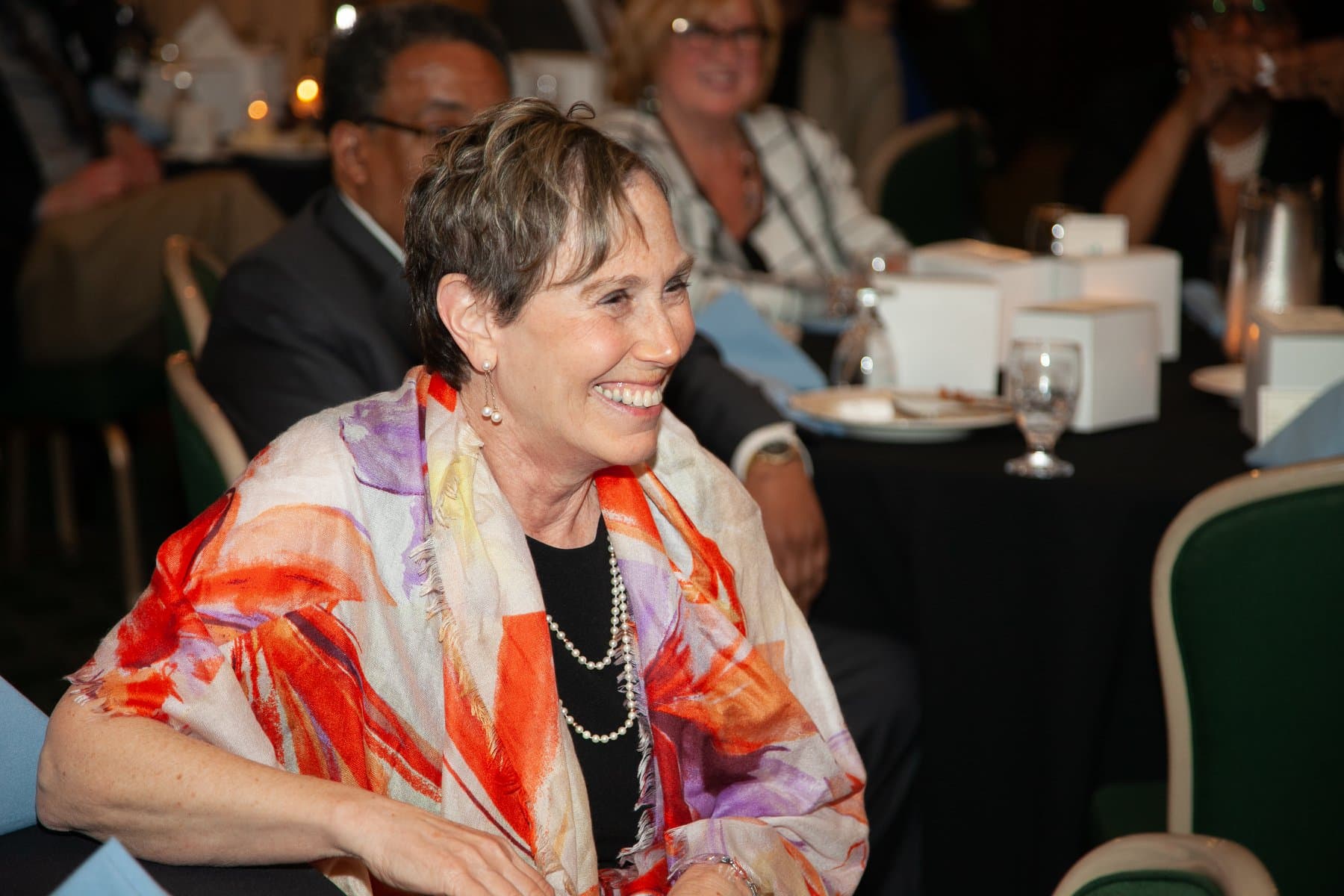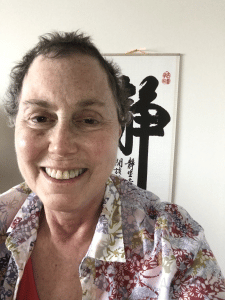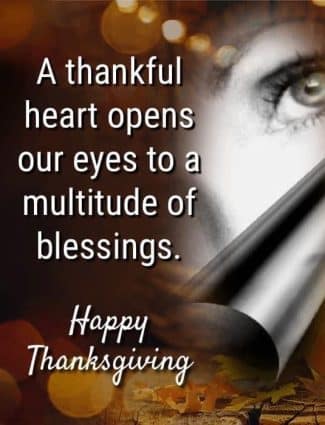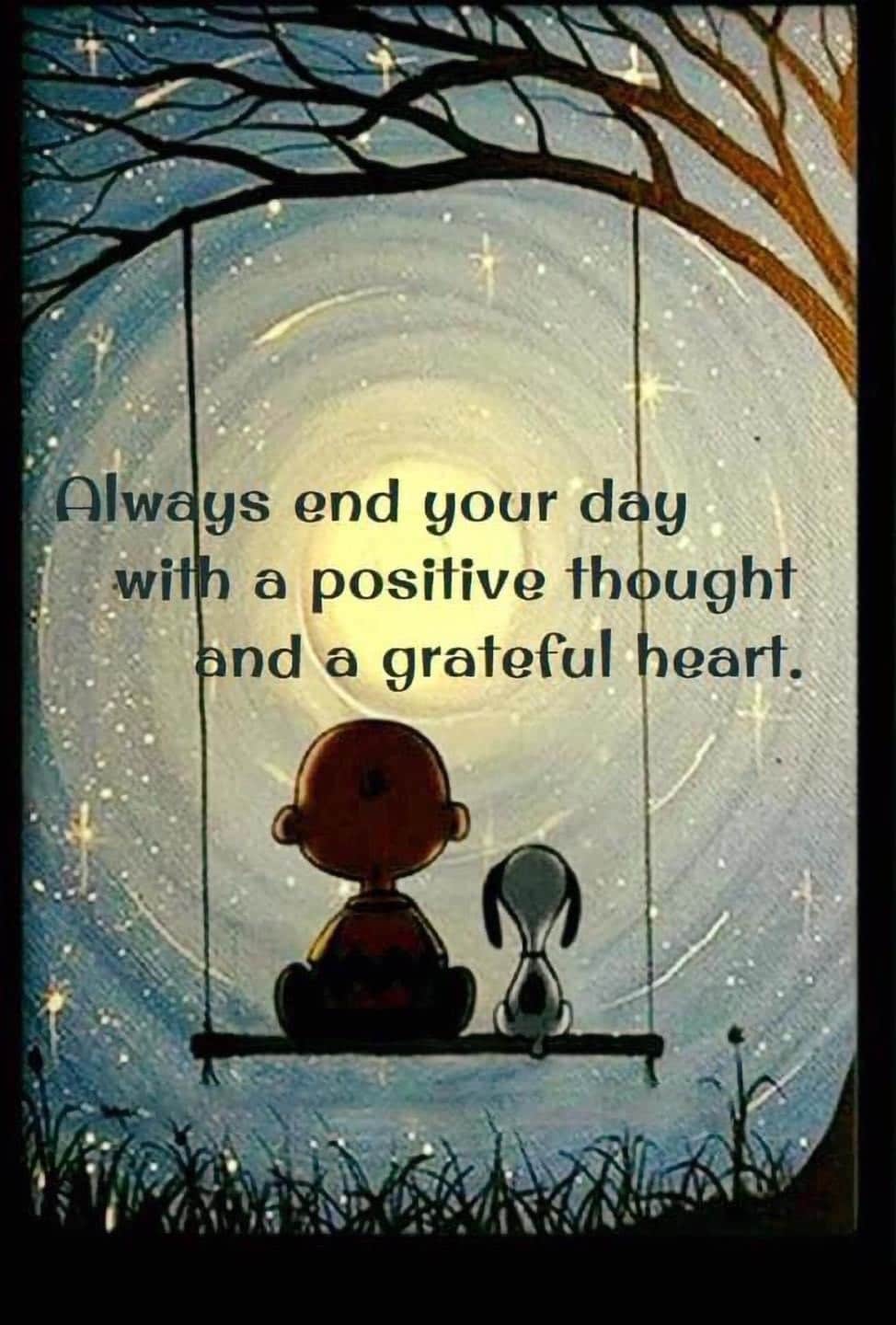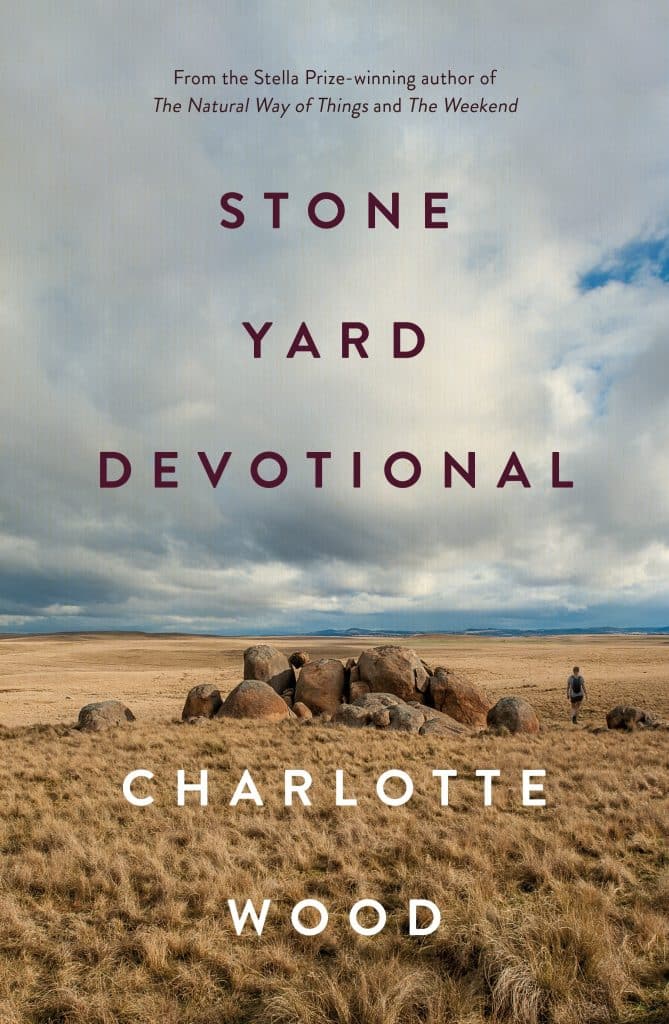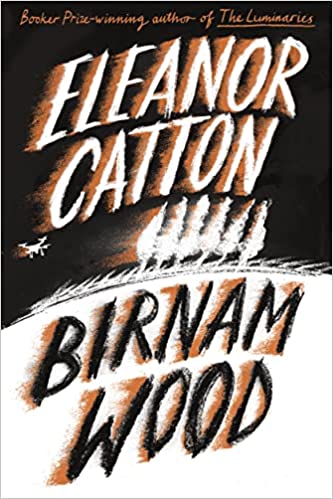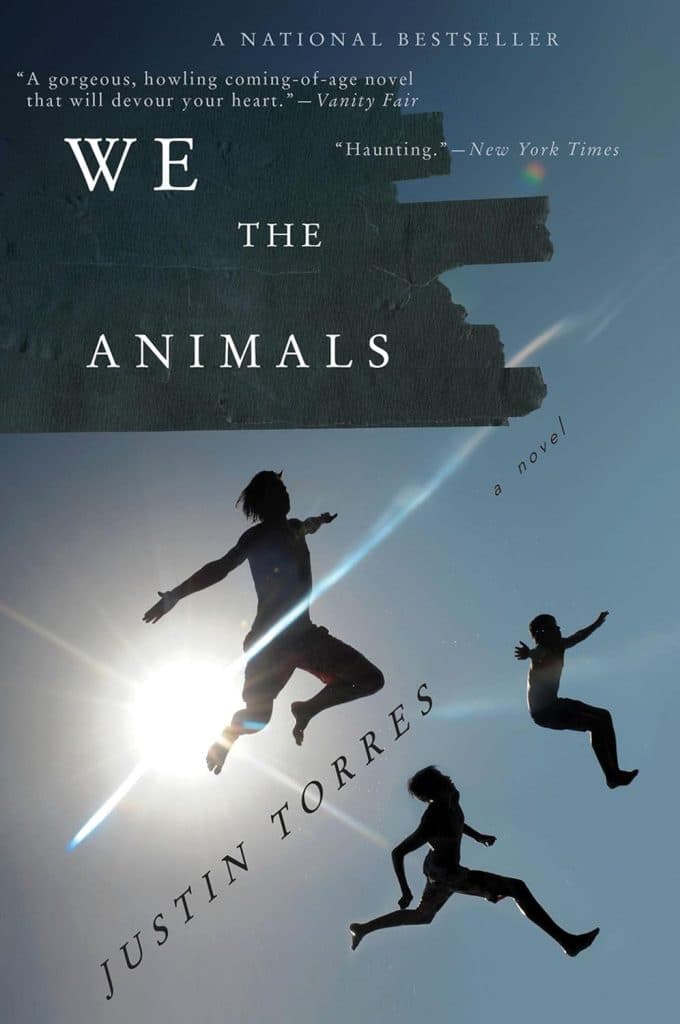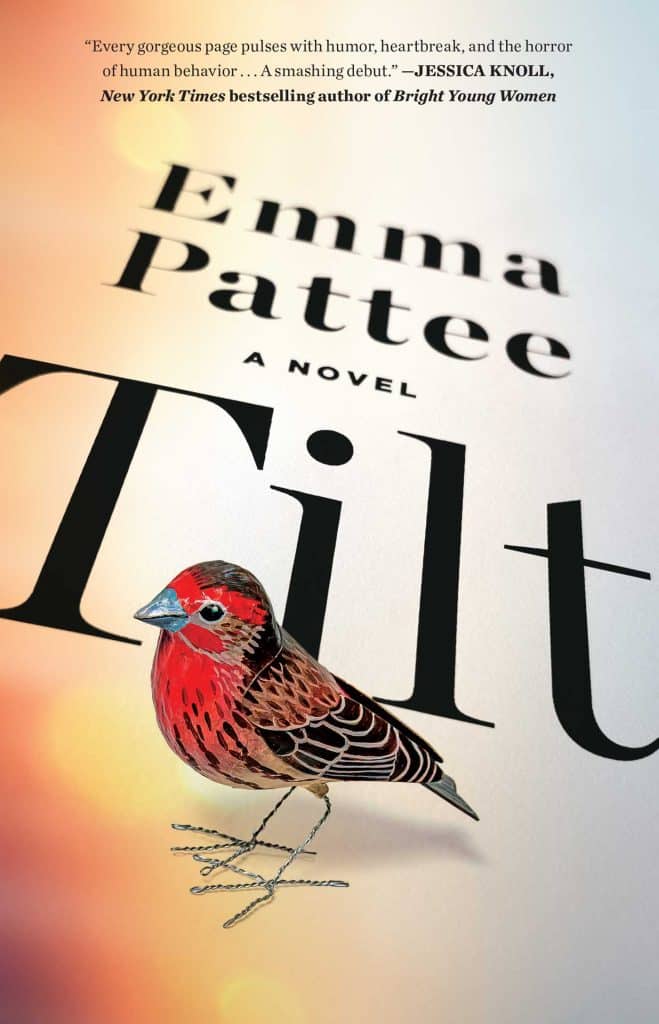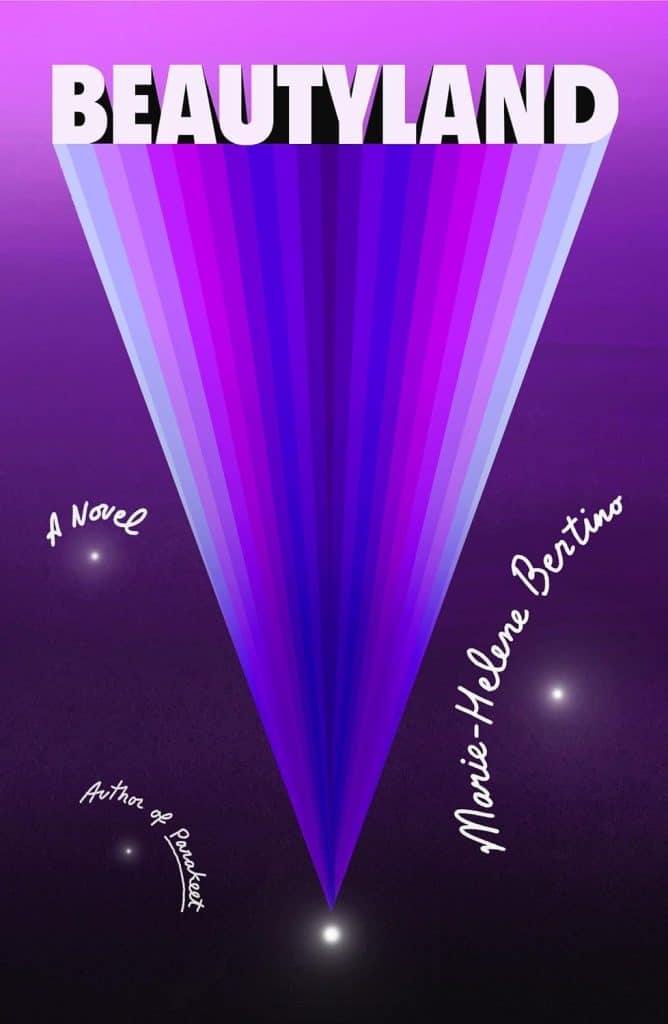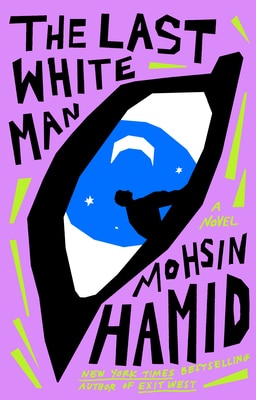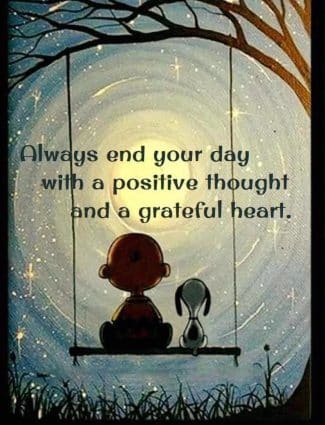
Is Gratitude in My DNA!
Estimated reading time: 1 minute, 14 secondsExpressing gratitude is so habitual that it might be a part of my DNA. Each morning, my first thought is to be thankful for the new day, appreciating that I can still walk long distances at my age. This exercise tests my endurance and gives me another reason to be grateful.
When I take walks around town, it clears my mind and allows me to reflect on my day. We do not live in isolation but in communities, as I meet other walkers. Yesterday, I was fortunate enough to bump into a friend that I needed to contact while on my daily walk. The importance of friendships, particularly for widows like myself, cannot be overstated.
The love of my late spouse, Jan, is at the center of my being. Before I go to bed each night, I reflect on my day and remind myself of how grateful I am to be alive, have neighbors, and have the enduring love of Jan.
The Jan Lilien Education Fund sponsors ongoing sustainability and environmental awareness programs. Gifts made this month; I will match dollar-for-dollar. All donations are tax-deductible.
I receive a commission when you buy a book or product using a link on this page. Thank you for supporting Sharing Jan’s Love blog.
